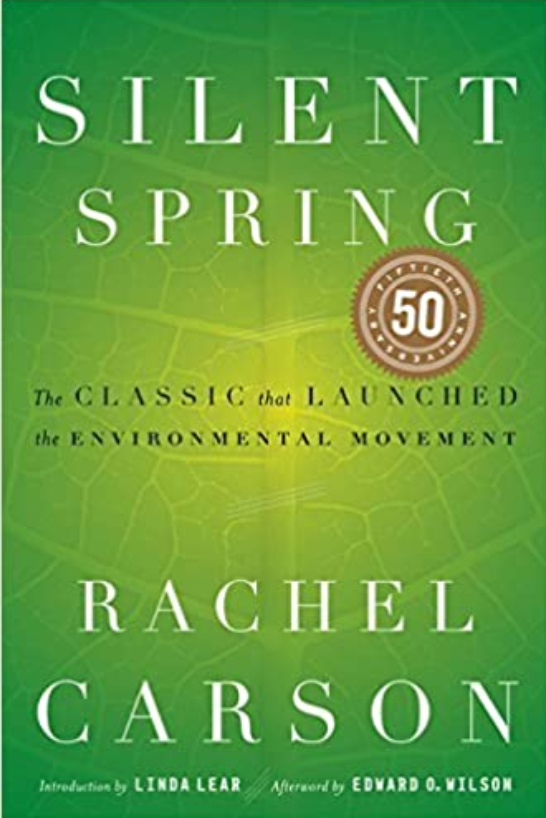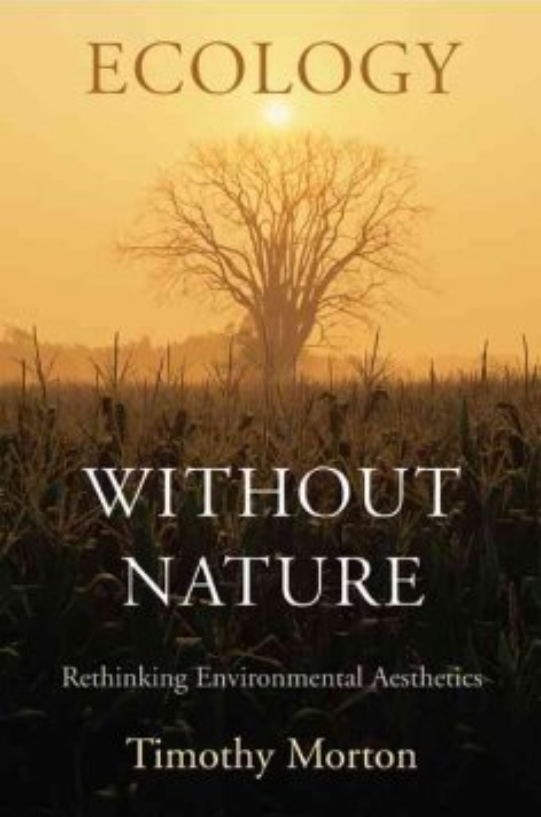What is ecocriticism?
- Ecocriticism is the interdisciplinary study of the connections between literature and the environment. It draws on contributions from natural scientists, writers, literary critics, anthropologists and historians in examining the differences between nature and its cultural construction.
- Ecocriticism emerged in the 1960s with the start of the environmental movement and the publication of Rachel Carson’s Silent Spring in 1962, but really began to take off in the 1980s. So far, there have been two waves of ecocriticism: the first in the 1980s and the second in the 1990s.
- The first wave emphasized writing about nature as both a field of study and as a meaningful practice. It maintained the distinction between human and nature, but promoted the value of nature and the need to speak and stand up for nature. People believed it was the duty of the humanities and the natural sciences together to raise awareness and come up with solutions for the environmental and climate crisis.
- The second wave expanded upon the first, broadening the reaches of environmentalism. Ecocritics of this wave redefined the term environment to include both nature and urban areas and challenged the distinctions between human and non-human and nature and non-nature. This wave also led to the ecojustice movement by examining the way that the poorest and most oppressed members of a population fall victim to the most adverse effects of climate change and environmental degradation.
- Different types of ecocriticism include: pastoral, wilderness and ecofeminism.
- Pastoral, found primarily in British and American literature, focuses on the dichotomy between urban and rural life, often idealizing nature and rural life and demonizing urban life. There are three branches of pastoral ecocriticism: classical, romantic and American.
- Classical is characterized by nostalgia and nature as a place for human relaxation and reflection.
- Romantic is characterized by portraying rural independence as desirable.
- American emphasizes agrarianism and represents land as a resource to be cultivated.
- Wilderness examines the ways in which the wilderness is constructed, valued and engaged with. There are two branches of wilderness ecocriticism: Old World and New World.
- Old World portrays the wilderness as a scary, threatening place beyond the borders of civilization and as a place of exile.
- New World portrays the wilderness as a place of sanctuary where one can find relaxation and reflection, similar to classical pastoral ecocriticism.
- Ecofeminism analyzes the connection between the domination of women and the domination of nature, usually by men. It draws parallels between women and nature, which is often seen as feminine, fertile and the property of men. Ecofeminism also includes other aspects of environmental justice, such as racial environmental justice. There are two branches of ecofeminism:
- The first branch of ecofeminism embraces the idea that women are inherently closer to nature than men on a biological, spiritual and emotional level. This branch is often called radical ecofeminism because it reverses the domination of men over women and nature.
- The second branch of ecofeminism contradicts the first, arguing that neither women nor men are more likely to connect with nature.
- Pastoral, found primarily in British and American literature, focuses on the dichotomy between urban and rural life, often idealizing nature and rural life and demonizing urban life. There are three branches of pastoral ecocriticism: classical, romantic and American.
Selected examples of ecocritical literature
- Silent Spring (1962) by Rachel Carson

Published by Houghton Mifflin Company (1962).
- Desert Solitaire: A Season in the Wilderness (1968) by Edward Abbey
- The Comedy of Survival: A Literary Ecology and a Play Ethic (1997) by Joseph W. Meeker
- Politics of Nature: How to Bring the Sciences into Democracy (2004) by Bruno Latour
- The Future of Environmental Criticism (2005) by Lawrence Buell
- Ecology Without Nature (2007) by Timothy Morton

Published by Harvard University Press (2007).
References and additional resources
- Aravecz, N. “Ecocriticism 101 Reading List.” New York Public Library. 2014. https://www.nypl.org/blog/2014/10/28/ecocriticism-reading-list.
- Brizee, A. Tompkins, J. Chernouski, L. and Boyle, E. “Literary Theory and Schools of Criticism.” Purdue Owl, Purdue U, 2017, owl.english.purdue.edu/owl/resource/722/1/.
- “Ecocriticism (1960-Present).” Purdue Online Writing Lab. n.d. https://ouallinator.com/blog/wp-content/uploads/2018/02/Ecocriticism-Overview.pdf
